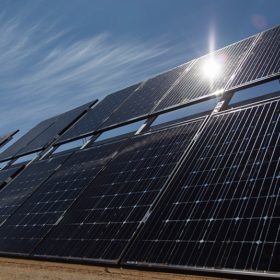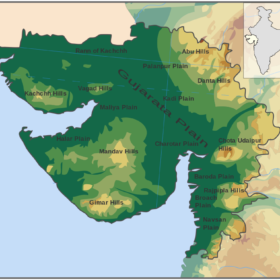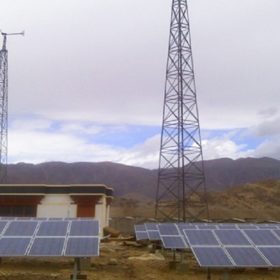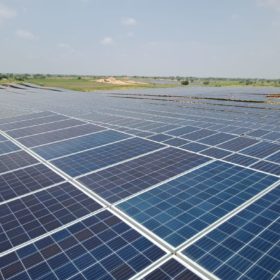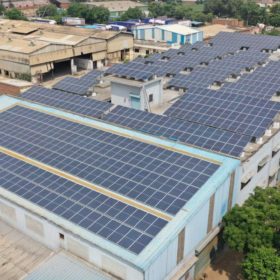NHPC tenders for 100 MW solar EPC work in Karnataka
Bids can be submitted until February 16 to install and commission the project at the Ultra Mega Renewable Energy Power Park (UMREPP) in Koppal District.
The future of power electronics is distributed, aggregated and service oriented
IHS Markit released a white paper in which the analyst outfit shared some predictions for the power electronics market. First and foremost, inverters will become smarter, and after some power outages in key markets, these devices are gearing up to take on more grid stabilizing tasks, which hitherto had been reserved for synchronous generators.
Telangana tenders for residential rooftop solar
Bids are invited to install and commission various capacities (11-500 kWp) of grid-connected rooftop solar plants at individual households and residential buildings across the state. Bidding closes on November 25.
The long read: Whipping up inertia
Once a natural phenomenon – a fortuitous byproduct of thermal generation – the weaning off of coal has made the emulation of inertia a priority for grid operators. It will be a few more years in most markets before a solution becomes needed with any great urgency. However, some markets have needed to come up with solutions – are they a portal into the future of grids dominated by renewables and power electronics?
Nalanda University to get a 5 MW solar plant
Bids are invited from government-owned entities to set up a ground-mounted, grid-connected solar plant at the university’s campus in Bihar. The plant is to be installed in EPC mode. Bidding closes on November 27.
BHEL tenders BOS for NTPC’s 20 MW Gandhar project
Bids are invited for supply, installation and commissioning of balance-of-system (BOS) items for NTPC’s 20 MW (AC) grid-connected solar plant in Gujarat. Bidding closes on November 10.
Towards a distributed solar energy future
A study by Auroville Consulting assesses the techno-commercial impact of generating solar power close to the point of consumption. The study was undertaken on ten feeders of a substation in the Erode district of Tamil Nadu. The results indicated that 100% solar energy penetration, in energy terms, is not only possible but a winning proposition, especially for the distribution companies.
Reliable electricity access and customer satisfaction key to DISCOM performance, says study
A joint study by Smart Power India, an arm of US-based impact investor Rockefeller Foundation, and government thinktank NITI Aayog, evaluates the status of electricity access in India across different states and benchmarks distribution utilities’ capacity to provide electricity access. It also offers recommendations to help DISCOMs realize their full potential.
Uttarakhand seeks installers for solar plants under self-employment scheme
Developers have until November 30 to lodge their interest with Uttarakhand Renewable Energy Development Agency (UREDA) to install and support PV plants for beneficiaries of Mukhyamantri Saur Swarojgar Yojana. A total of 10,000 solar power plants (in sizes up to 25 kWp) are proposed to be set up under the scheme.
Madhya Pradesh tenders for 30 MW rooftop solar
Developers have until November 27 to bid for the grid-connected solar projects. The capacity—to be developed in RESCO mode—shall come in various public and private sector buildings across the state. Bidding closes on November 27.




